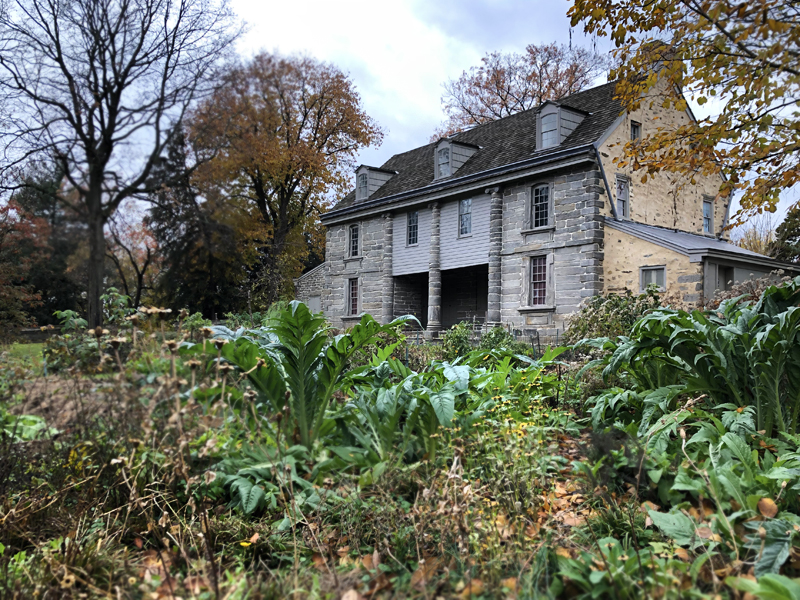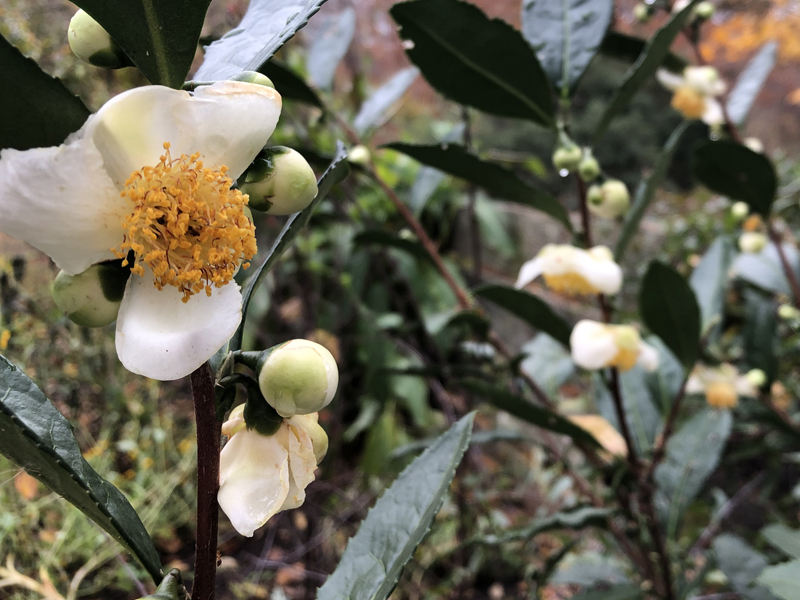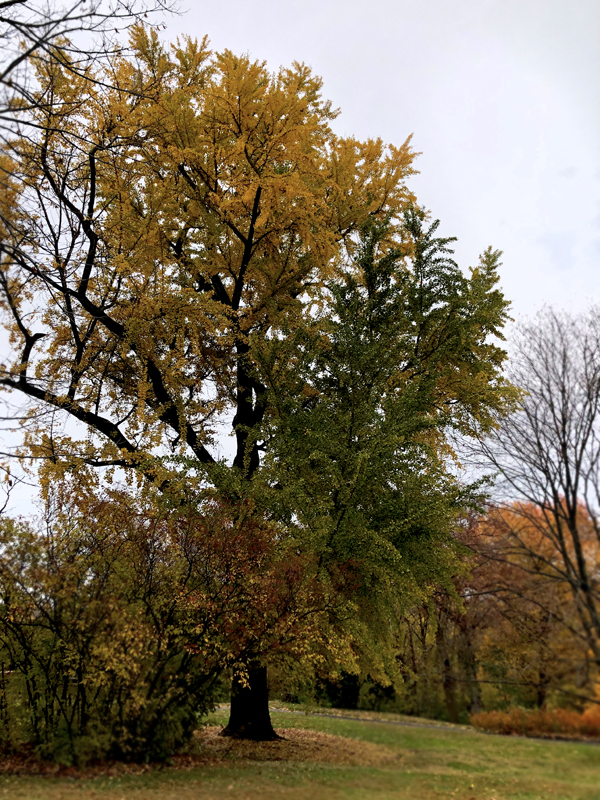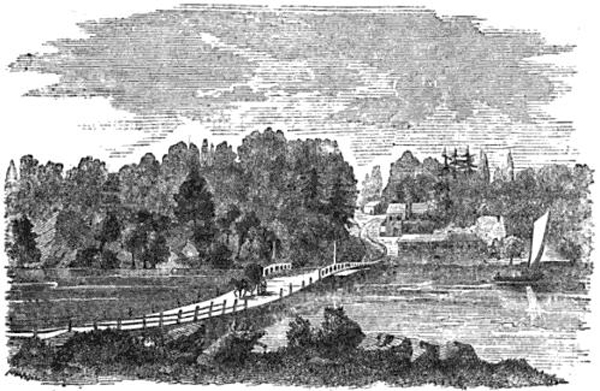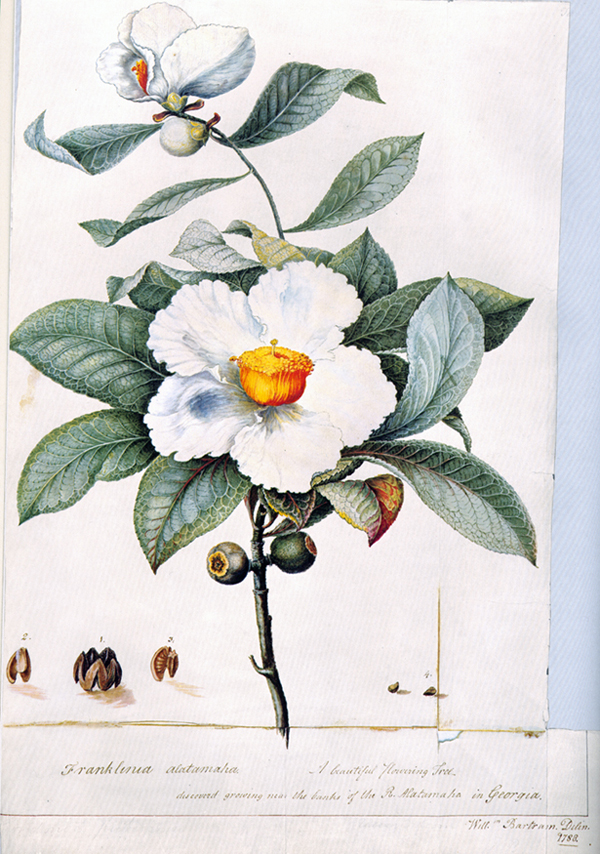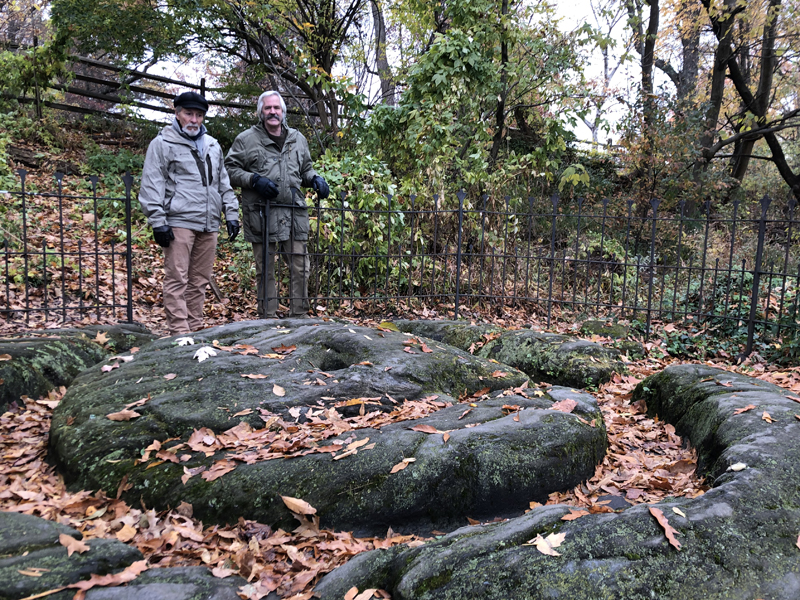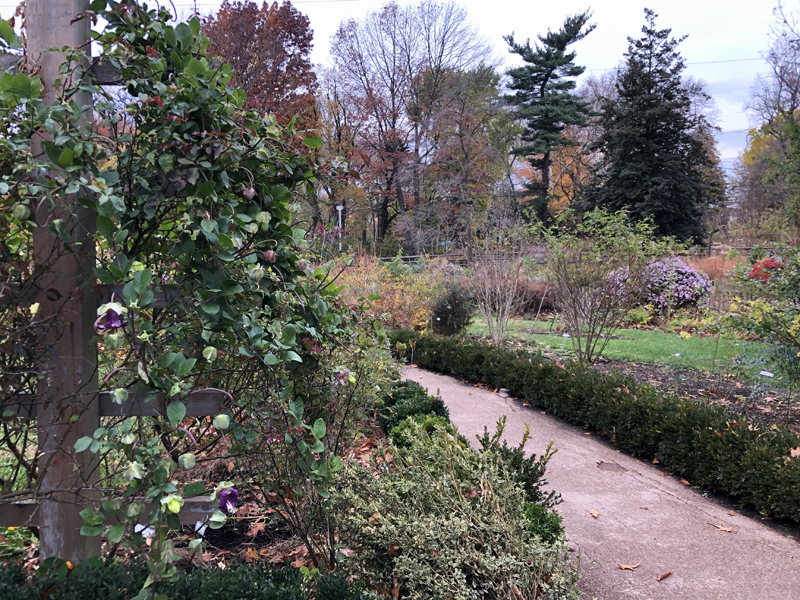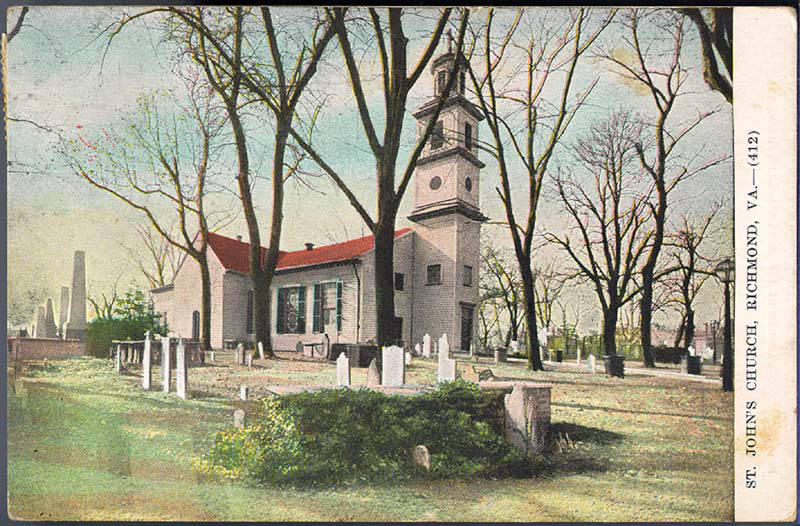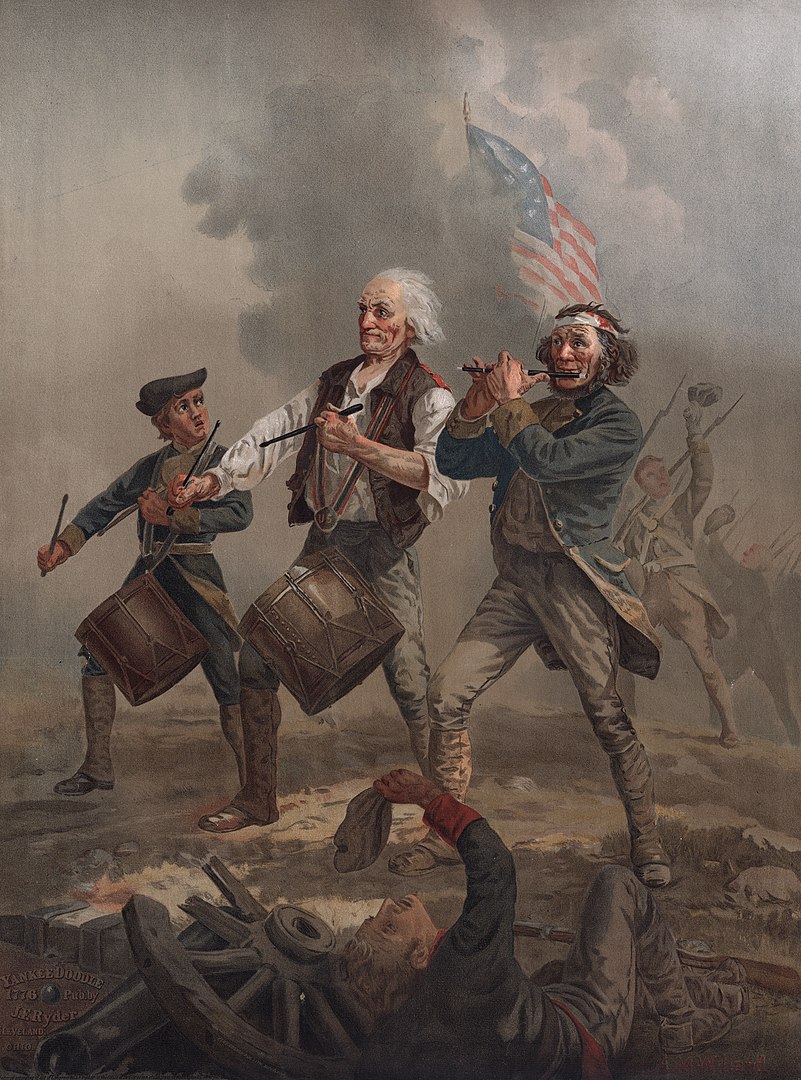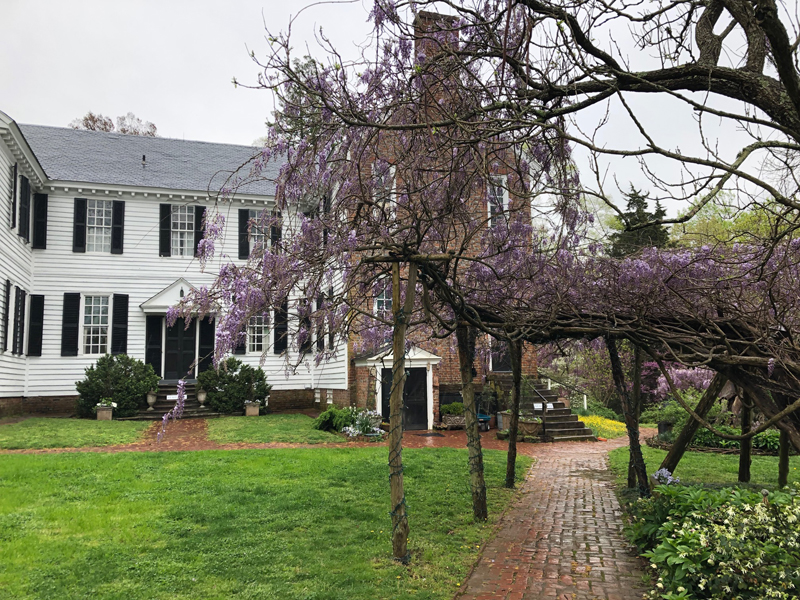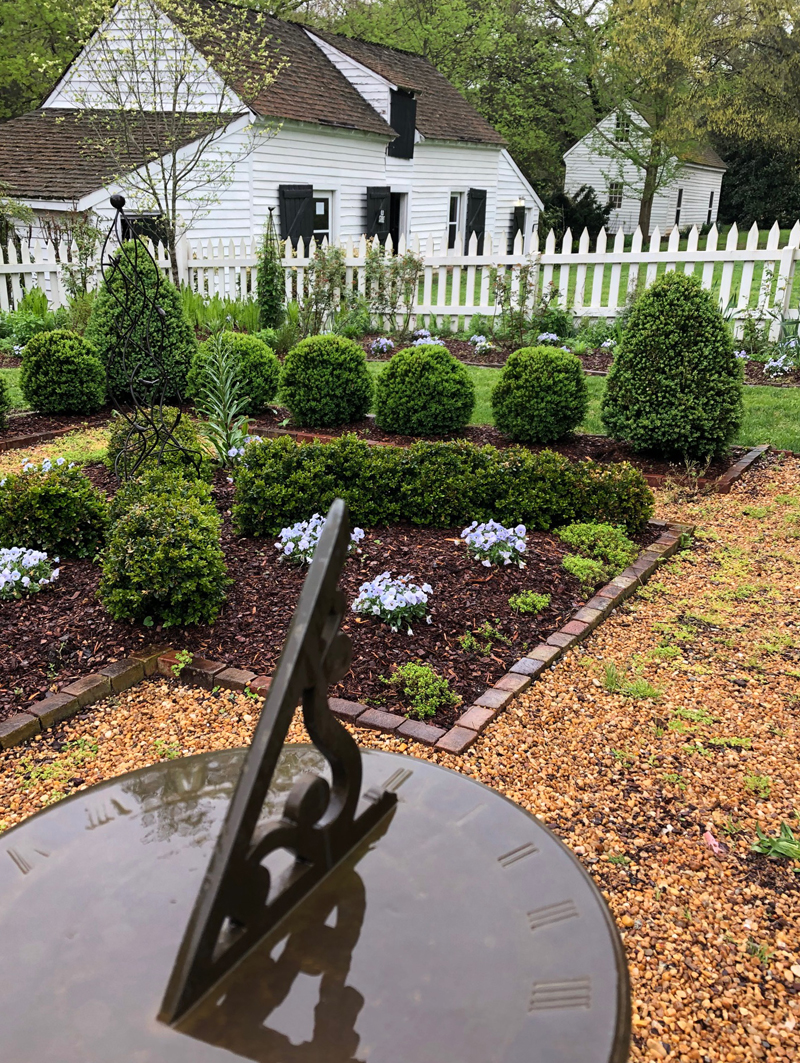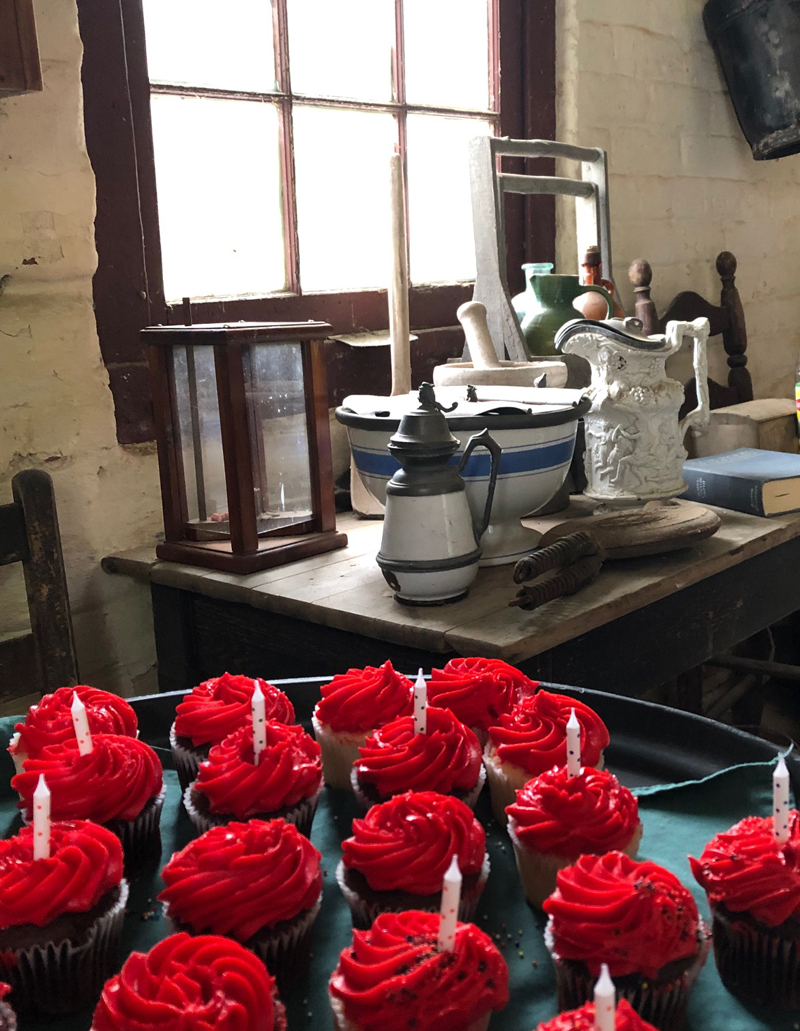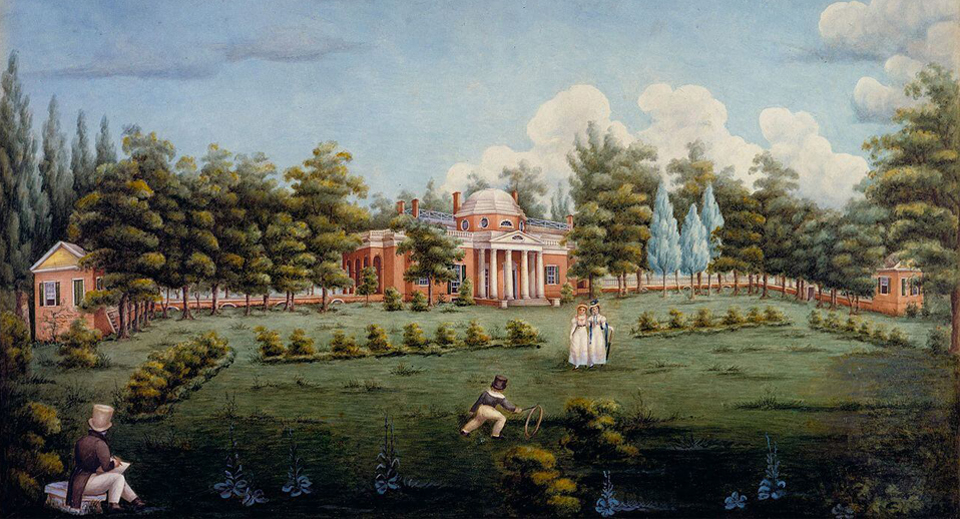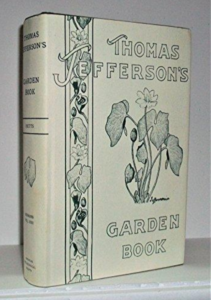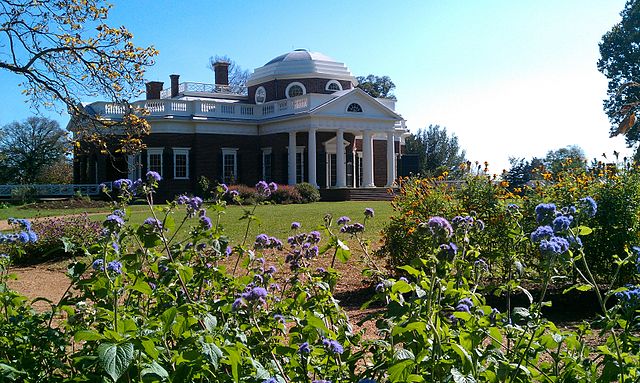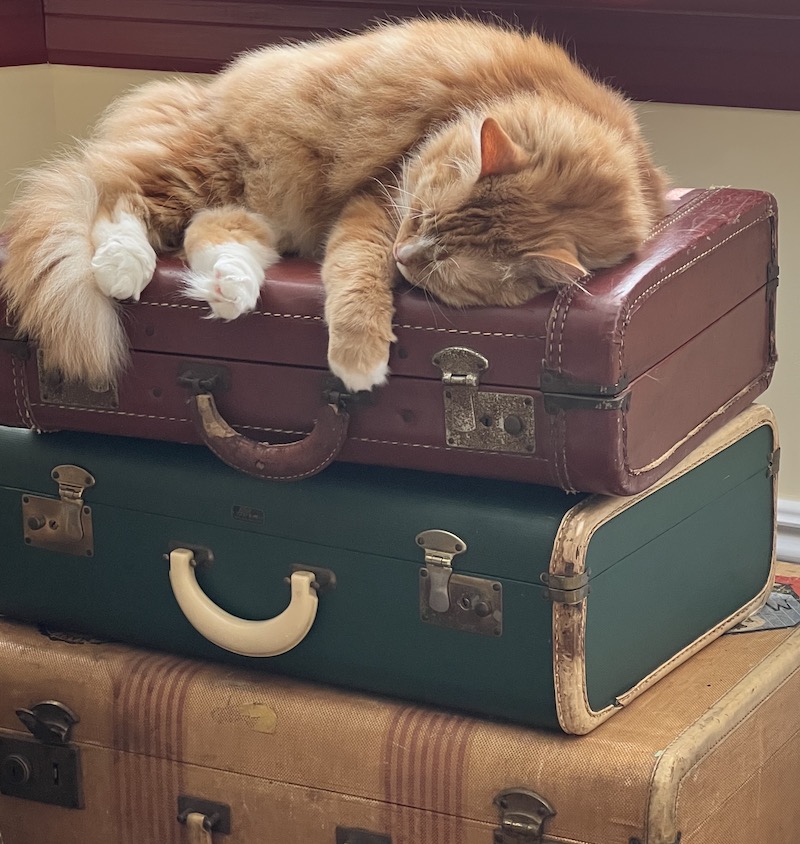
2024 travel adventure awaits!
Ahhh, the well-worn passport, the dog-eared travel journal, the anticipation buzzing in your bones. Perhaps, like me, your travel bug has bitten, and 2024 promises to be a year of historic exploration.
For history lovers like me, travel isn’t just a journey—it’s a time machine. But in the thrilling (and sometimes overwhelming) world of organizing history-related trips, how do we ensure our journey truly immerses us in the past? How do we put down the phone, the tech gadgets, and travel to the past? Ditch the dog-eared guidebooks and embrace these three unique tools for 2024:
1. Travel and Connect with a Scrapbook
A dear friend has just embarked for Paris, making me long, once again, for my 40 day journey to France—out of which my book Bonjour 40: A Paris Travel Log was born. I realize now, that this collection of travel essays and photos is essentially a scrapbook from my trip. Writing daily, I learned, can help us remember our trip more clearly.
Sometimes I carry a small sketchbook to capture the essence of each historic site through impressions of the five senses. While you can journal every day, you can also go wild with it. Sketch the vibrant colors of a marketplace, or jot down the evocative smells of spices in a bustling bazaar. Paste in ticket stubs, maps, postcards, and other everyday ephemera from each historic site. This creates a tangible record of your journey, a tactile souvenir that transports you back to each place with a touch and a glance.
2. A Travel Capsule Wardrobe for Every Era
Forget the overstuffed suitcase! Embrace the capsule wardrobe concept, packing versatile pieces that mix and match. But let’s take it one step further, and create outfits appropriate for each historic site. Think flowing maxi dresses that transition from Roman villas to medieval markets, or a sleek blazer that elevates street-style in Berlin and museum visits in London.
This not only reduces luggage weight, but also allows you to immerse yourself in the atmosphere of each place, blending in like a time traveler who just stepped off a train from another era. Check out capsule wardrobe and historical outfit ideas posted on my Travel With Adventure Pinterest page. With these tips you can be seeped in history, not loaded down with baggage from home.
3. Historical Fiction and Book Pairings
Immerse yourself in the past through the power of storytelling. Choose a historical novel set in your chosen destination and read it alongside your trip planning—or even on the train or flight to your destination. Imagine wandering the streets of medieval Prague while reliving the adventures of a young alchemist in “The Golem,” or feeling the thrill of the French Revolution as you trace the footsteps of Victor Hugo’s characters in “Les Misérables.” If you’re heading to America’s east coast or New York, I’ll humbly suggest Carrying Independence so you can step back in 1776 before your flight lands. Literary pairings can deepen your understanding of the places you visit, creating a richer and more emotionally resonant experience.
Remember, the most important thing is to find ways to connect with the past in a meaningful way. These non-tech options for your 2024 adventures can enrich your historical exploration and create cherished keepsakes long after you return home.
For more adventurers, travel tips, and bookish news, I hope you’ll also sign up for my monthly insider newsletter, Chasing Histories. Until then, happy travel planning. Where are you going?

